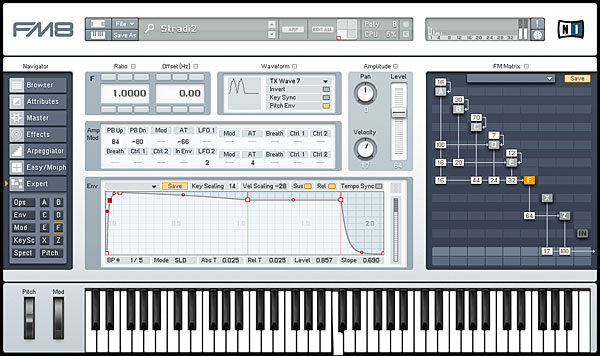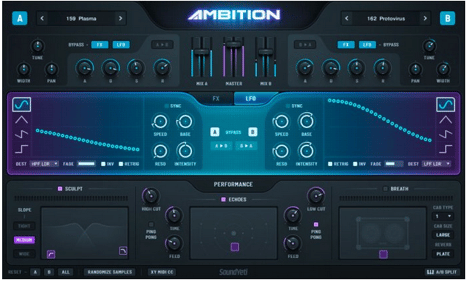
Massive breaks these cycles up into 360 “phase positions”.īy default, when a patch has multiple wavetables or uses the modulation oscillator, these cycles will start at random times which causes the sound to slightly change each time. In a nutshell, all wavetables (the original audio source for Massive sounds) have cycles that they play through.įor example, the “Carbon” wavetable (used in the example sound) has a cycle time of about 7 seconds when played in iTunes. Turning on Restart via Gate is one of the single most important things to do when designing complicated basses in Massive. Obviously using Massive’s relatively limited EQ in this manner will not have the same effect as an actual filter, but it is a great “final touch” technique. You can modulate the frequency for an extra sweeping/vocally sound. The boost will be used in a similar way the bandwidth/resonance is used as a typical bandpass or bandreject filter.


Trick 2: Use the built EQ as an extra filter This is usually the starting point of how I apply the Dimension Expander to basses, but remember to always experiment because different techniques work for different sounds. This will give the bass (or any other sound) a good, clean, wet sound as well as better stereo. Instead of doing that, turn the dry/wet up and the size down, as seen in the example below.

This can cause the bass to be muffled, the song mix to become muddy, and even cause phase issues. Many people turn the size up and the dry/wet down. I have noticed a lot of my producer friends don’t use the Dimension Expander in the most optimal way when designing basses.

Trick 1: Using the Dimension Expander correctly Rather, they are meant to help guide you when you are lost on what to try next on a sound you’re stuck on, or as inspiration for new sounds. These tips are not to be taken as 100% applicable to every sound you make. I wrote this guide to help people get a better grasp on Massive sound design.


 0 kommentar(er)
0 kommentar(er)
